The Proving Ring Design
The proving ring is a device used to measure force. It consists of an elastic ring of known diameter with a measuring device located in the center of the ring.
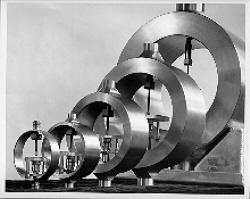
Proving rings come in a variety of sizes.They are made of a steel alloy. Manufacturing consists of rough machining from annealed forgings, heat treatment, and precision grinding to final size and finish.
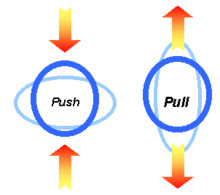
Proving rings have evolved over time; however, they are still manufactured according to design specifications established in 1946 by the National Bureau of Standards (NBS), the predecessor of the National Institute of Standards and Technology (NIST). Those specifications can be found in the Circular of the National Bureau of Standards C454, issued in 1946. The concept behind the proving ring is illustrated in the diagram below.
Proving rings can be designed to measure either compression or tension forces. Some are designed to measure both. The basic operation of the proving ring in tension is the same as in compression. However, tension rings are provided with threaded bosses and supplied with pulling rods which are screwed onto the bosses.
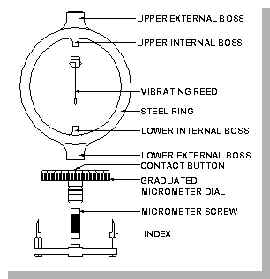
The proving ring consists of two main elements, the ring itself and the diameter-measuring system, shown on the right in the exploded view of a proving ring. Forces are applied to the ring through the external bosses. The resulting change in diameter, referred to as the deflection of the ring, is measured with a micrometer screw and the vibrating reed mounted diametrically within the ring.
The micrometer screw and the vibrating reed are attached to the internal bosses of the ring. In modern rings, the upper and lower internal and external bosses are machined as an integral part of the ring to avoid mechanical interferences during the application of the force.
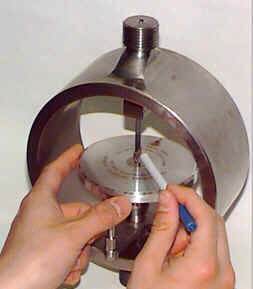
To read the diameter of the ring, the vibrating reed is set in motion by gently tapping it with a pencil. As the reed is vibrating, the micrometer screw on the spindle is adjusted until the usa-button on the spindle just contacts the vibrating reed, dampening out its vibrations. When this occurs a characteristic buzzing sound is produced. At this point a reading of the micrometer dial indicates the diameter of the ring.
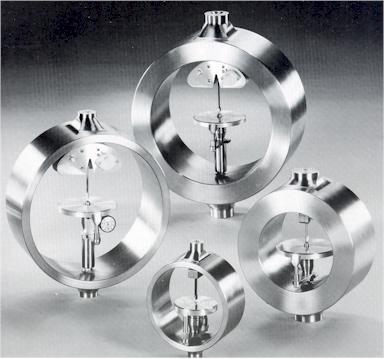
The number of divisions on the micrometer dial and the graduation of the vernier index vary by type of proving ring. Typically, proving rings are designed to have a deflection of about 0.84 mm (0.033 in) to 4.24 mm (0.167 in). The relative measurement uncertainty can vary from 0.075 % to about 0.0125 %.
Related Links: Proving Ring Home | What is force? | How did the proving ring come about? | Why measure force? | Calibration of the proving ring
Contacts
-
PML webmaster

